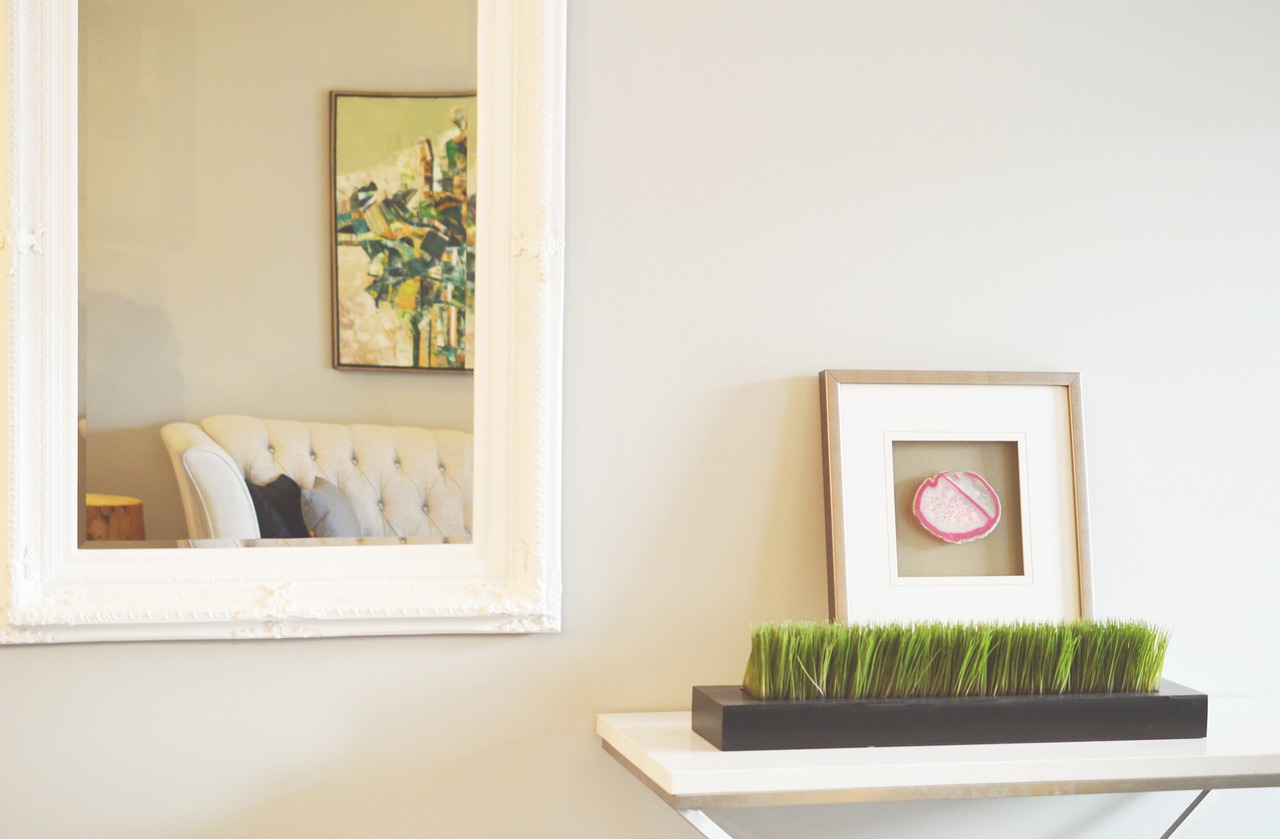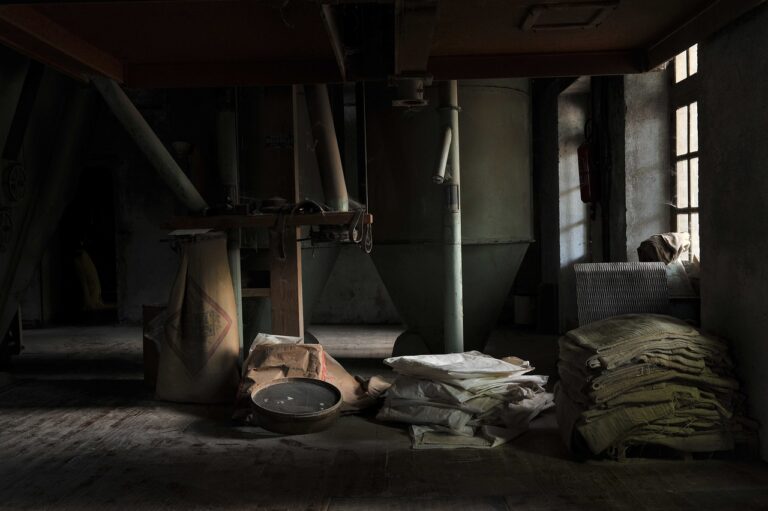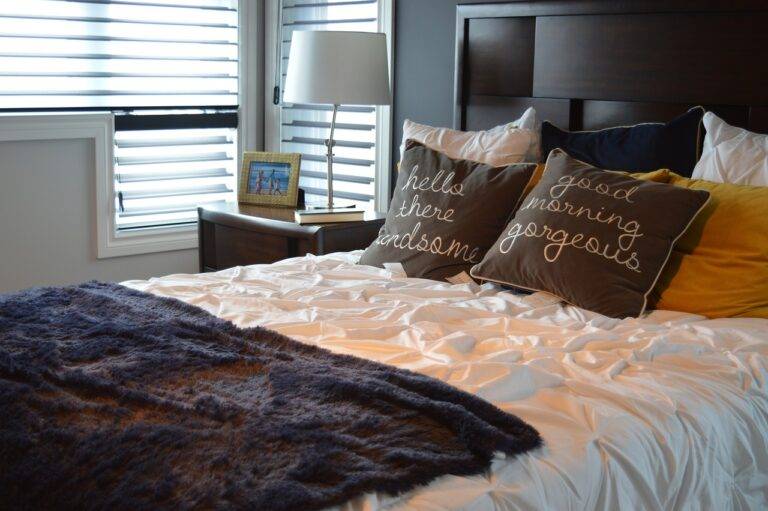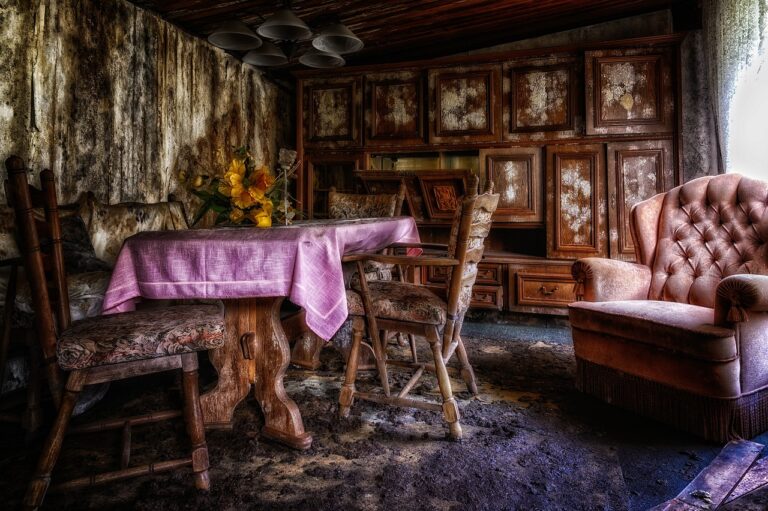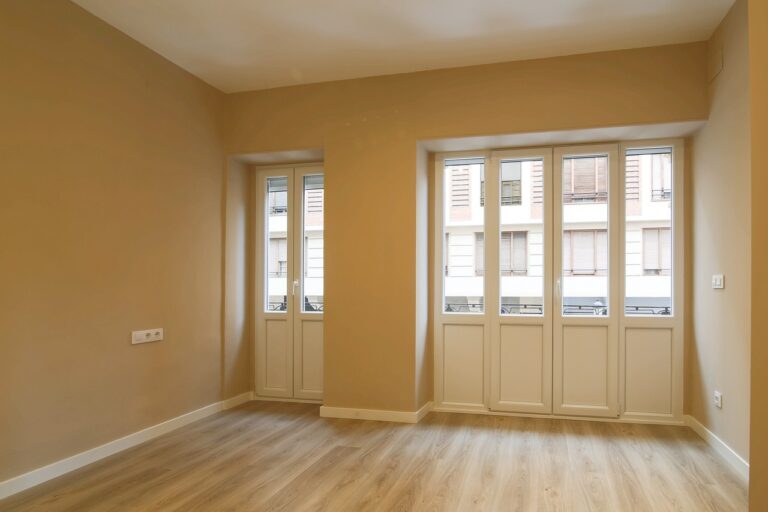Basement Wine Cellar Design: From Storage to Tasting Room
skyexch win, world777 com id, goldbet7 com:Basement Wine Cellar Design: From Storage to Tasting Room
Are you a wine enthusiast looking to take your collection to the next level? Do you dream of having your very own wine cellar where you can store and showcase your prized bottles? If so, creating a basement wine cellar might be the perfect solution for you.
In this comprehensive guide, we will explore everything you need to know about designing a basement wine cellar, from storage options to creating a luxurious tasting room. So grab a glass of your favorite vintage and let’s get started.
Why Choose a Basement Wine Cellar?
Basements are an ideal location for wine cellars for several reasons. First and foremost, they tend to be cool, dark, and humid the perfect conditions for storing wine. In addition, basements are often underutilized spaces that can easily be transformed into a wine lover’s paradise. Whether you have a small corner to spare or an entire room to dedicate to your collection, a basement wine cellar can be a practical and stylish addition to your home.
Factors to Consider When Designing a Basement Wine Cellar
Before diving into the design process, there are several factors to consider when creating a basement wine cellar:
1. Climate Control: Maintaining a consistent temperature and humidity level is crucial for wine storage. Invest in a quality cooling system to ensure that your cellar stays at the optimal conditions for aging wine.
2. Insulation: Proper insulation is key to keeping your cellar cool and energy-efficient. Make sure to insulate the walls, ceiling, and floor of your basement to prevent temperature fluctuations.
3. Lighting: Avoid natural light in your cellar, as it can damage the wine. Opt for dim, LED lighting to illuminate your collection without compromising its integrity.
4. Storage Options: Consider the types of wine you will be storing and how many bottles you plan to have in your collection. From traditional wooden racks to modern metal shelving, there are countless storage options to choose from.
5. Tasting Room: If you have the space, consider creating a designated tasting area within your cellar. Add comfortable seating, a table, and some wine accessories to make it a cozy and inviting space for sampling your favorite vintages.
6. Aesthetics: Don’t forget about the design elements of your cellar. From selecting the right flooring to choosing a color scheme that complements your collection, the aesthetics of your cellar can enhance the overall experience.
Creating the Perfect Basement Wine Cellar
Now that you’ve considered the essential factors for designing a basement wine cellar, it’s time to bring your vision to life. Here are some tips for creating the perfect cellar:
1. Start by assessing the space you have available. Measure the dimensions of your basement and determine how much room you can dedicate to your wine cellar.
2. Decide on the type of storage solution that works best for your collection. Whether you prefer modular racks, custom cabinetry, or wall-mounted shelves, choose a storage option that fits your needs and budget.
3. Invest in a reliable cooling system to regulate the temperature and humidity of your cellar. Consult with a professional to determine the best system for your space.
4. Don’t forget about the finishing touches. Add a door with a tight seal to keep out unwanted odors, install a durable flooring material that can handle potential spills, and incorporate some artwork or decorative elements to personalize your cellar.
5. Consider adding a tasting area to your cellar. Whether it’s a small bar cart or a full-fledged tasting room, having a designated space for enjoying your wine collection can elevate your overall experience.
6. Once your cellar is complete, organize your wine collection in a way that makes sense to you. Whether you prefer to group your bottles by region, varietal, or vintage, having an organized system can make it easier to locate and enjoy your wines.
Frequently Asked Questions
Q: How much does it cost to build a basement wine cellar?
A: The cost of building a basement wine cellar can vary greatly depending on factors such as the size of the space, the type of storage options chosen, and the level of customization. On average, expect to spend anywhere from $10,000 to $30,000 for a basic cellar, with costs increasing for more elaborate designs.
Q: Do I need a permit to build a basement wine cellar?
A: In most cases, you will need a permit to build a basement wine cellar, as it involves making structural changes to your home. Check with your local building department to determine the specific requirements for obtaining a permit in your area.
Q: How do I maintain the temperature and humidity in my cellar?
A: Invest in a quality cooling system that is designed specifically for wine cellars to regulate the temperature and humidity of your space. Monitor the conditions regularly and make any necessary adjustments to ensure that your wines are stored properly.
Q: Can I convert an existing room in my basement into a wine cellar?
A: Yes, you can convert an existing room in your basement into a wine cellar. However, you will need to make sure that the space is properly insulated, cooled, and sealed to create the ideal environment for storing wine.
In conclusion, designing a basement wine cellar is a rewarding project that can enhance your home and elevate your wine collection. By considering the factors outlined in this guide and following the tips for creating the perfect cellar, you can create a space that not only stores your wines but also provides a luxurious setting for enjoying them. Cheers to your new basement wine cellar!

